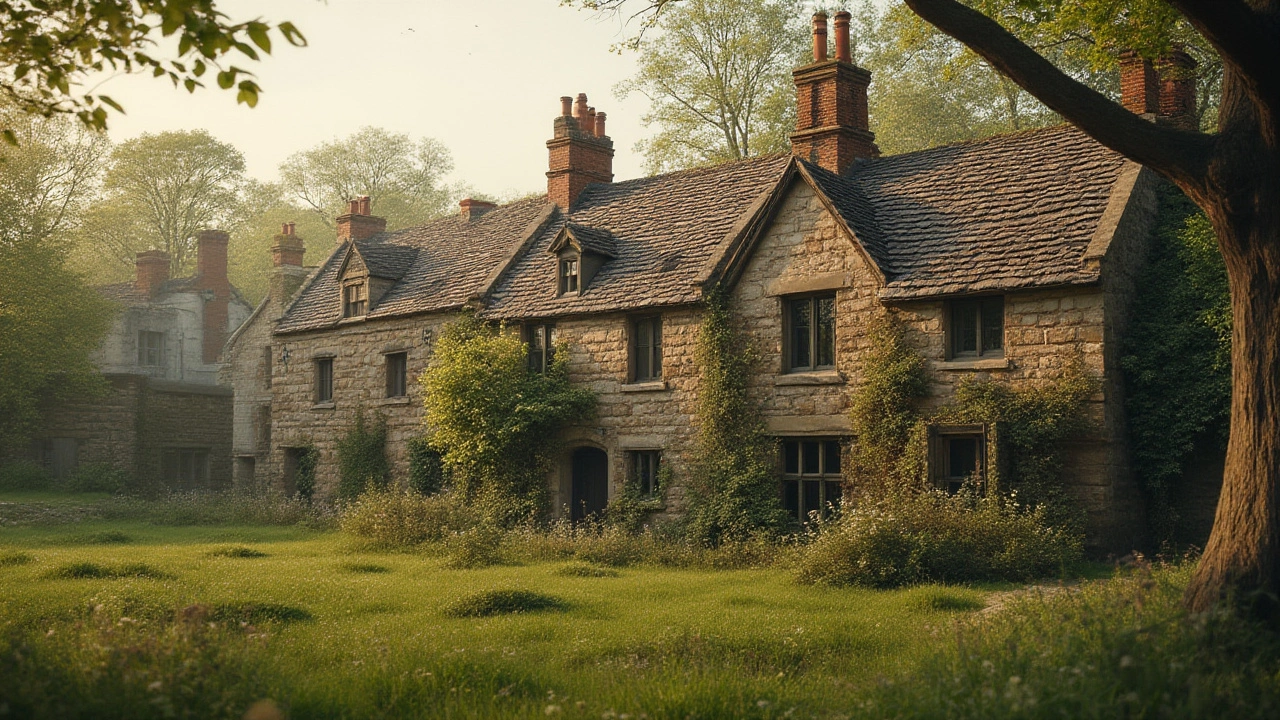Discover which building materials make houses last the longest, comparing stone, brick, concrete, and new options. Find out what really stands the test of time.
Stone vs Brick: Choosing the Best Material for Your Home
When you’re picking a material for a floor, wall or fireplace, stone and brick are the two big names that pop up. Both look great, but they behave very differently. Below we break down the most useful points so you can decide which one fits your project without guessing.
Look and Feel
Stone comes in many flavors – granite, marble, limestone, slate – each with its own texture and colour depth. If you love natural patterns and a cool, sleek vibe, stone gives that instantly. Brick, on the other hand, offers a warm, earthy look with a distinctive rectangular shape. Exposed brick walls feel cozy and can add a rustic or industrial edge depending on the colour.
One practical tip: for a modern kitchen splashback, a smooth polished stone slab reads like high‑end design, while a brick backsplash adds character and hides minor stains better because of its rough surface.
Performance and Cost
Stone is hard and dense, which means great durability for high‑traffic areas. It resists scratches, but some stones (like marble) can be sensitive to acids, so you’ll need a proper sealant. Brick is also sturdy but a bit more porous. It can absorb moisture if not sealed, making it less ideal for wet rooms unless you treat it.
Cost‑wise, brick usually wins the price battle. Standard red brick is cheap and easy to install, while premium stone can run several times higher per square metre. However, stone often adds resale value because buyers see it as a premium finish.
If budget is tight, consider a stone‑look porcelain tile. It mimics the look of real stone at a fraction of the cost and is easier to maintain.
Other things to think about: installation time, weight, and maintenance. Stone is heavy; you may need extra floor reinforcement for large stone slabs. Brick is lighter but may require more mortar work, extending labour time.
In short, choose stone when you want a sleek, long‑lasting surface and don’t mind the upfront spend and a bit of maintenance. Pick brick for a warm, budget‑friendly look that ages well and can be DIY‑friendly with the right tools.
Whatever you decide, seal the surface early. A good seal keeps both stone and brick looking fresh, reduces stains, and protects against water damage. And always test a small area before committing to a full‑scale installation – you’ll see how the colour reacts to light and how the texture feels underfoot.
Now you have the basics: look, performance, cost, and maintenance. Use these points to compare the two on your own project, and you’ll end up with a floor or wall that not only looks good but also works for the way you live.
